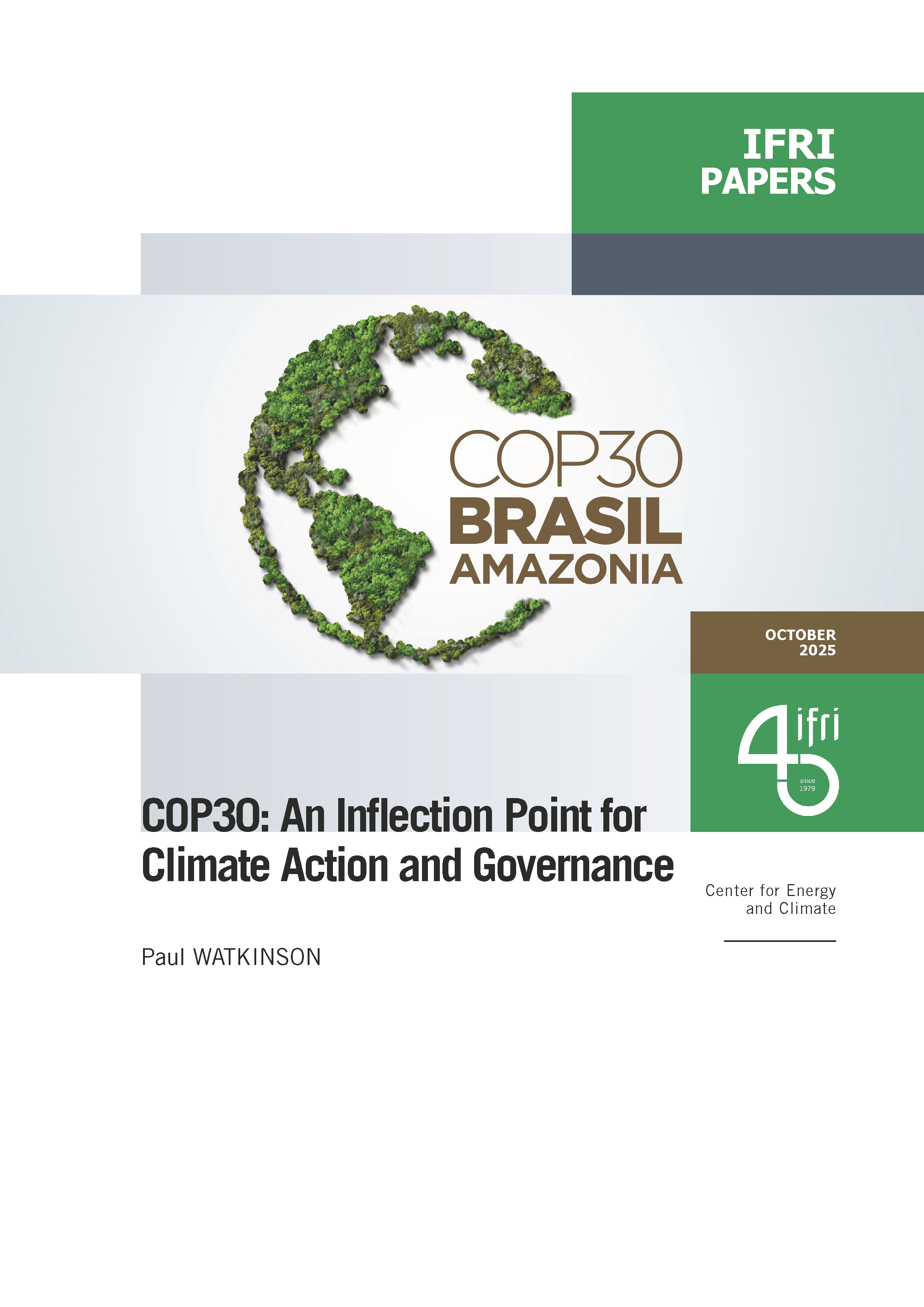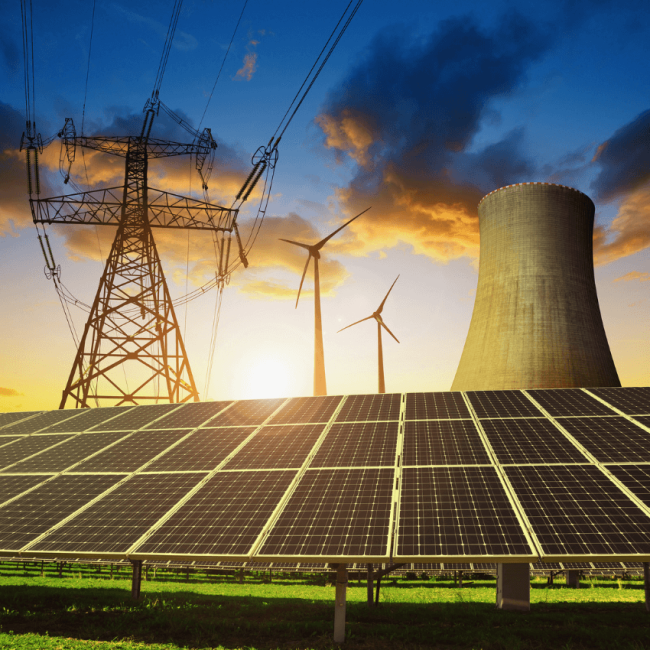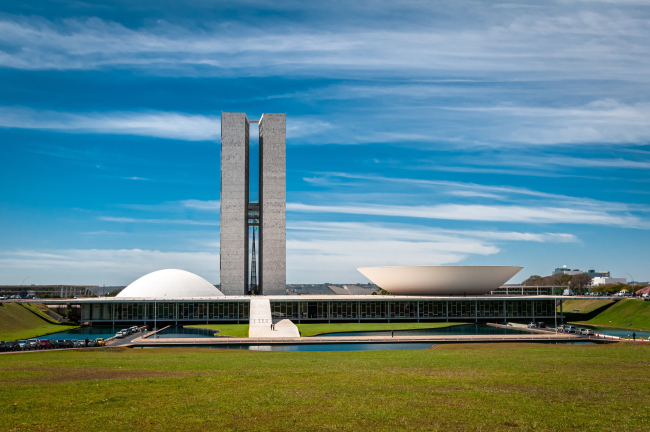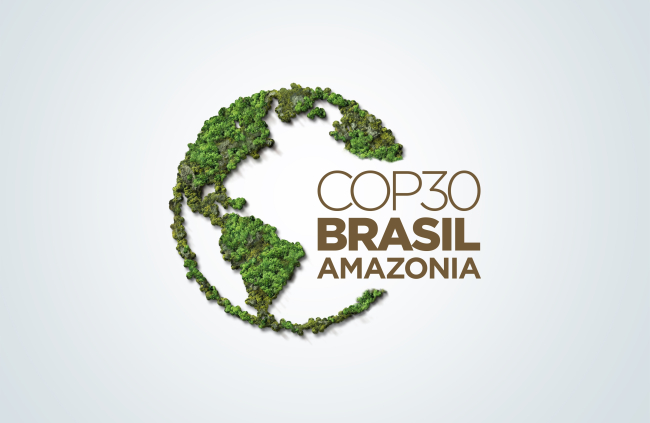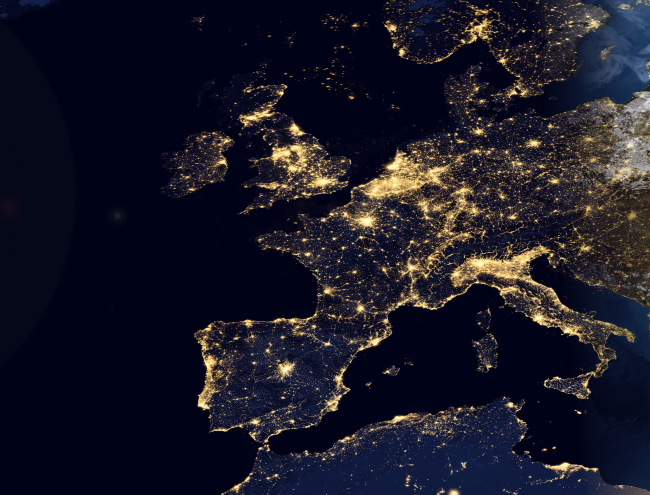EU Council Feb 4: Strength in Unity

Community officials and heads of EU states and governments will meet this Friday February 4, 2011, at a Council called by President Herman VAN ROMPUY, to address energy security. There are many critical topics that could be on the table, but there is some considerable risk that the events in Lebanon, Yemen, Egypt, Tunisia and now Jordan could hijack the agenda. That would be unfortunate, as the problems in those countries are precisely why the Council should stay focused on energy and the growing European vulnerability to what happens in world energy markets.
Many of the documents circulated by the Commission over the last months, including those of the Third Energy Package are targeted at doing just what needs to be done inside the Community to provide a maximum of resilience to exogenous events occurring beyond its borders. The single greatest contribution to European energy security would be a well-integrated, dynamic, transparent, competitive internal market.
That is anything but the case now.
Electricity prices for the same class of customer vary widely across Europe. Gas prices for households can vary as much as 300 percent. Feed-in tariffs for renewable sources of electricity have no consistency, regulations on pipelines and power lines bear no resemblance. Companies start and stop at borders and there are islands of isolated gas and electricity consumers at regional, national and sub-national levels. Not even electric plugs are standardized.
A recent Concept paper in Germany targets an 80% share of renewable electricity by 2050 and an 80% reduction in GHG emissions. This would require heavy reliance on offshore wind and substantial imports of electricity that would have to come from renewable sources such as biomass. In Germany, nuclear power is a bridge with a start and a finish. Just over the border, the Netherlands have renounced support for offshore wind as too expensive, cut the renewable budget by two thirds and are looking again at nuclear power. Further south, the Italians will hold a referendum on nuclear power. Will that consolidate the move towards authorizing new nuclear build or stop nuclear dead in its tracks again? Meanwhile, to meet demand, Italy is gasifying its power sector. France is doubling its gas-fired power or more in part to back up the increasing wind power arising from its generous subsidies to a proven technology. And beyond these four, there are 23 other totally different national energy policies in place.
A half day meeting can’t really hope to get very far with as much as there is to do. But much of the right thinking is behind a multitude of energy and energy related activities across the Commission - reflected in the many documents, proposals, communications, regulations, etc.
But all that Community-level work will come to naught if the leaders of the 27 do not come to the firm conclusion that their energy security interests can only be met by real market integration including prices, grids, regulations, collective energy frugality and more. Making a political commitment to that end would certainly accelerate the design and implementation of the means. But leaders will need to do more that announce this conclusion at the end of the day, they need to take the commitment home and make it happen.

Available in:
Regions and themes
Share
Related centers and programs
Discover our other research centers and programsFind out more
Discover all our analysesBrazil One Year Away from the October 2026 General Elections
Brazil’s general elections will be held on October 4, 2026, to elect the president, vice-president, members of the National Congress, governors, deputy governors and state legislative assemblies. For the presidential and gubernatorial elections, a second round will be held on October 25 if no candidate obtains a majority of the votes in the first round.
COP30: An Inflection Point for Climate Action and Governance
The 30th Conference of the Parties (COP30), opening in Belém, Brazil, on November 10th 2025, convenes at a perilous moment.
The Strategic Dimension of Skills in the Clean Industrial Deal
In the competitiveness and energy transition battles, the European Union (EU) must master a determinant factor: skills.
The Energy Transition Faces Geopolitical Challenges. How Can Ideological Divides Be Overcome?
President Trump’s positions and policies, combined with record coal consumption and booming global electricity demand, geo-economic confrontation, and widespread concerns about energy security, are changing the game when it comes to understanding realistic decarbonization trajectories. The war in Europe is intensifying competition between defense and transition budgets. This is also the case elsewhere in the world.



